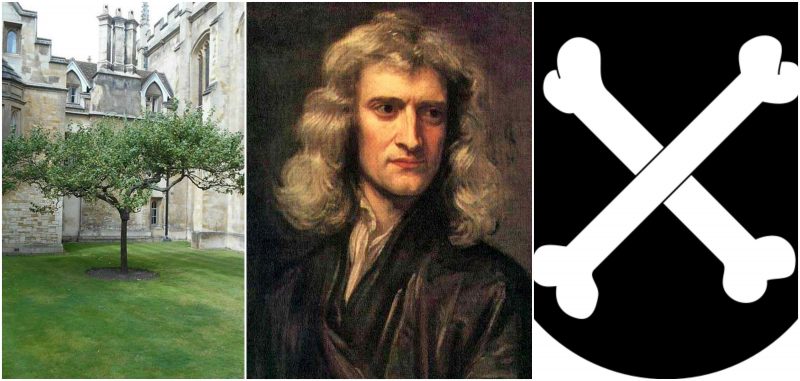The most brilliant and lonely creature
First, let’s iterate why do we praise him: His discovery of the composition of white light integrated the phenomena of colors into the science of light and laid the foundation for modern physical optics.
In mechanics, his three laws of motion, the basic principles of modern physics, resulted in the formulation of the law of universal gravitation. In mathematics, he was the original discoverer of the infinitesimal calculus.
Newton’s Philosophiae Naturalis Principia Mathematica (Mathematical Principles of Natural Philosophy, 1687) was one of the most important single works in the history of modern science.
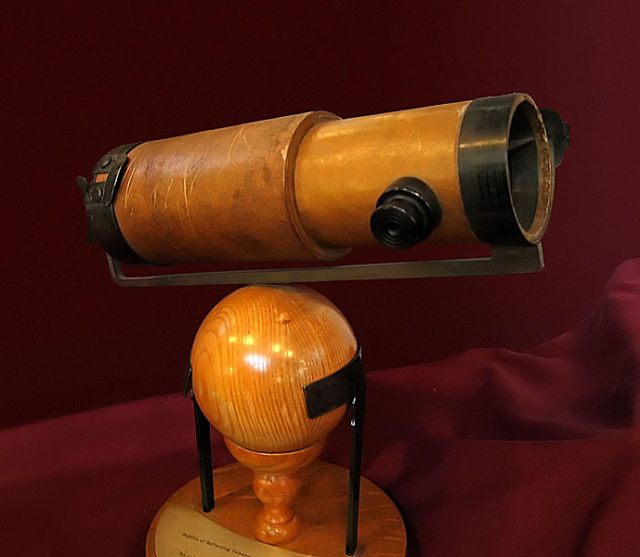
The man who provided humanity with an understanding of nature and the man who established the basic laws of physics was the most brilliant and lonely creature. As an adult, Newton immersed himself in his work, had no hobbies and never married. He even remained silent about some of his scientific and mathematical discoveries for years, if he published them at all.
He became the top-ranked student motivated by a desire for revenge against a schoolyard bully
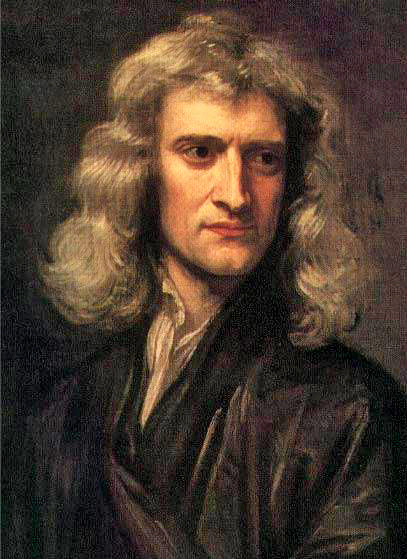
Newton’s father had died three months before he was born. When Newton was three, his mother remarried and went to live with her new husband, the Reverend Barnabas Smith, leaving her son in the care of his maternal grandmother.
Young Isaac disliked his stepfather and maintained some enmity towards his mother for marrying him, as revealed by this entry in a list of sins committed up to the age of 19: “Threatening my father and mother Smith to burn them and the house over them.” Newton’s mother had three children from her second marriage.
From the age of about twelve until he was seventeen, Newton was educated at The King’s School, Grantham which taught Latin and Greek but no mathematics. He was removed from school, and by October 1659, he was to be found at Woolsthrope-by-Colsterworth, where his mother, widowed for the second time, attempted to make a farmer of him. Newton hated farming.
Motivated partly by a desire for revenge against a schoolyard bully, he became the top-ranked student, distinguishing himself mainly by building sundials and models of windmills.
The amazing Newton’s world of Cambridge
In June 1661, he was admitted to Trinity College, Cambridge, on the recommendation of his uncle Rev William Ayscough. He started as a subsizer — paying his way by performing valet’s duties — until he was awarded a scholarship in 1664, which guaranteed him the four more years until he would get his M.A.
At that time, the college’s teachings were based on those of Aristotle, whom Newton supplemented with modern philosophers such as Descartes, and astronomer such as Galileo and Thomas Street, through whom he learned of Kepler’s work.
The Black Death inadvertently set the stage for one of his most famous insights
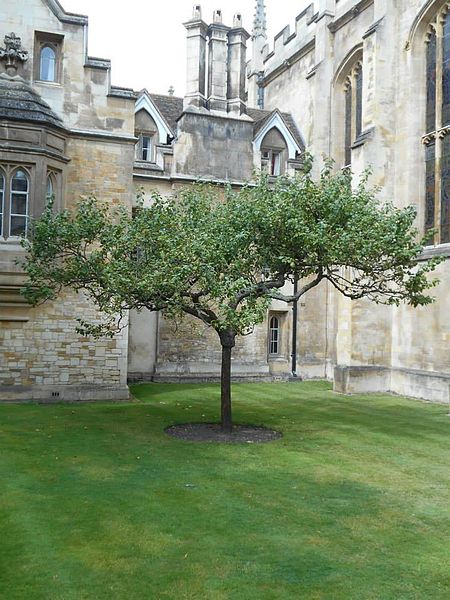
In 1665, following an outbreak of the bubonic plague in England, Cambridge University closed its doors, forcing Newton to return home to Woolsthorpe Manor.
While sitting in the garden there one day, he saw an apple fall from a tree, providing him with the inspiration to eventually formulate his law of universal gravitation. Newton later relayed the apple story to William Stukeley, who included it in a book, “Memoir of Sir Isaac Newton’s Life,” published in 1752.
In 2010, a NASA astronaut carried a piece of the ancient apple tree aboard the space shuttle Atlantis for a mission to the International Space Station. The Royal Society, a scientific organization once headed by Newton, loaned the piece of the tree for the voyage, as part of a celebration of the 350th anniversary of the group’s founding. Today, the original apple tree continues to grow at Woolsthorpe Manor.
He was the second Lucasian professor of mathematics
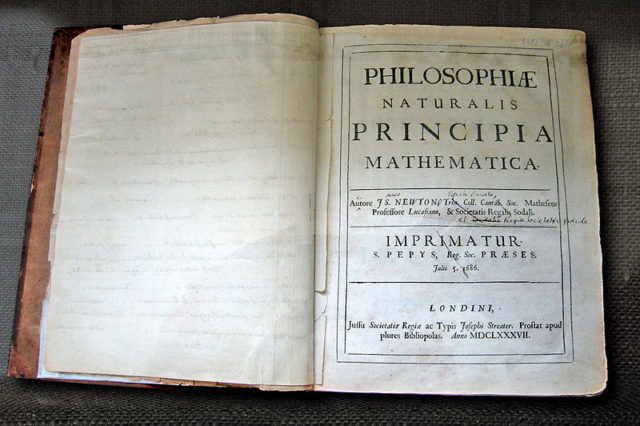
Newton was elected to a fellowship in Trinity College in 1667 after the university reopened. Two years later, Isaac Barrow, Lucasian professor of mathematics, who had transmitted Newton’s De Analysi to John Collins in London, resigned the chair to devote himself to divinity and recommended Newton to succeed him.
Newton was the second person to hold the Lucasian professorship. The 17th person to hold the position, from 1979 to 2009, was the physicist and the author of “A Brief History of Time” – Stephen Hawking.
Even though he remained at Cambridge for nearly 30 years, Newton showed little interest in teaching or in his students, and his lectures were sparsely attended; frequently, no one showed up at all. Newton’s attention was centered on his own research.

Taking criticism badly
The Royal Society was an elite group who met to share and critique each other’s work. They encouraged Newton to share his ideas.
But Newton’s theories about light did not go down well. Other members of the Royal Society could not reproduce his results – partly because Newton had described his experiment in an obscure manner. Newton did not take the criticism well. When Robert Hooke challenged Newton’s letters on light and colors, he made a lifelong enemy. Newton had an ugly temper and an unshakable conviction that he was right. With his pride dented, he began to withdraw from intellectual life.
Newton ran the Royal Mint and had forgers executed.
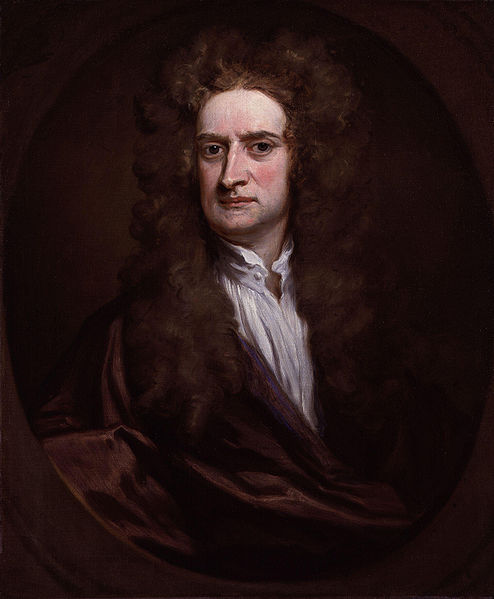
In 1696, Newton was named to the job of a warden of the Royal Mint, which was responsible for producing England’s currency. He left Cambridge, his long-time home, and moved to his nation’s capital city, where the mint was located in the Tower of London. Three years later, Newton was promoted to a more lucrative position of master of the mint, a post he held until his death in 1727.
During his tenure at the mint, Newton supervised a major initiative to take all of the country’s old coins out of circulation and replace them with more reliable currency. He also was focused on investigating counterfeiters, and as a result became acquainted with the city’s seedy underbelly as he personally tracked down and interviewed suspected criminals, receiving death threats along the way. A number of forgers he went after were sent to the gallows.
A self-imposed exile and a serious interest in Alchemy
Smarting from criticism, Newton isolated himself from other natural philosophers and dedicated himself to radical religious and alchemical work.
Speculative fiction author Fritz Leiber says of Newton – “Everyone knows Newton as the great scientist. Few remember that he spent half his life muddling with alchemy, looking for the philosopher’s stone. That was the pebble by the seashore he really wanted to find.” He was secretive about his alchemical experiments and recorded some of his research in code.
Among his other research projects, Newton analyzed the Bible in an attempt to find secret messages about how the universe works.
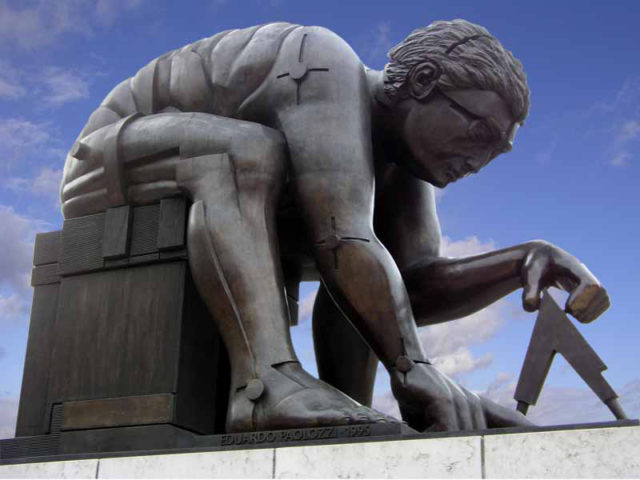
Newton served in Parliament — quietly.
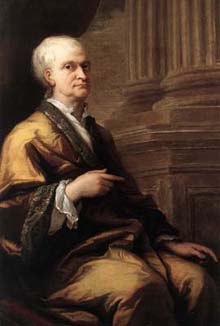
Having made his name as a natural philosopher, Newton was attracted to a new life as a politician and public figure so from 1689 to 1690, Newton was a member of Parliament, representing Cambridge University.
Profoundly religious, Newton could not sit by while James II attempted to re-Catholicise Cambridge University – even if it meant nailing his own religious colors to the mast. He successfully fought James’s reforms and got himself elected as a Member of Parliament. However, he made little impact in the Commons and appears on record only to ask for a window to be closed.
The lonely old man
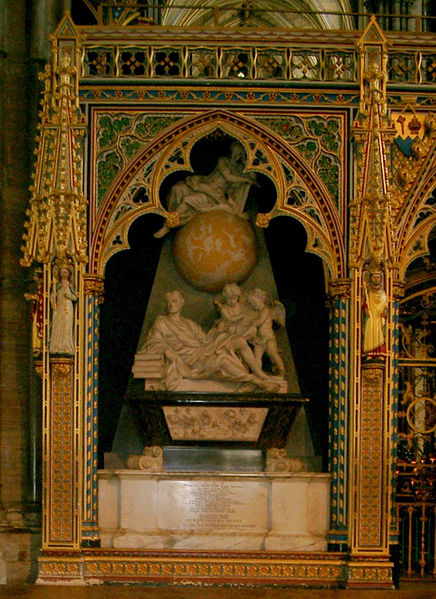
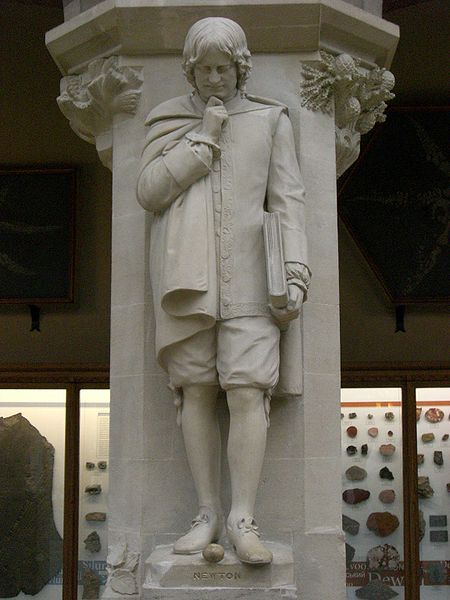
Toward the end of this life, Newton lived at Cranbury Park, near Winchester, England, with his niece, Catherine (Barton) Conduit, and her husband, John Conduitt. By this time, Newton had become one of the most famous men in Europe. His scientific discoveries were unchallenged.
He also had become wealthy, investing his sizable income wisely and bestowing sizable gifts to charity. Despite his fame, Newton’s life was far from perfect: He never married or made many friends, and in his later years, a combination of pride, insecurity and side trips on peculiar scientific inquiries led even some of his few friends to worry about his mental stability.
He died on March 31, 1727, at the age of 84.
